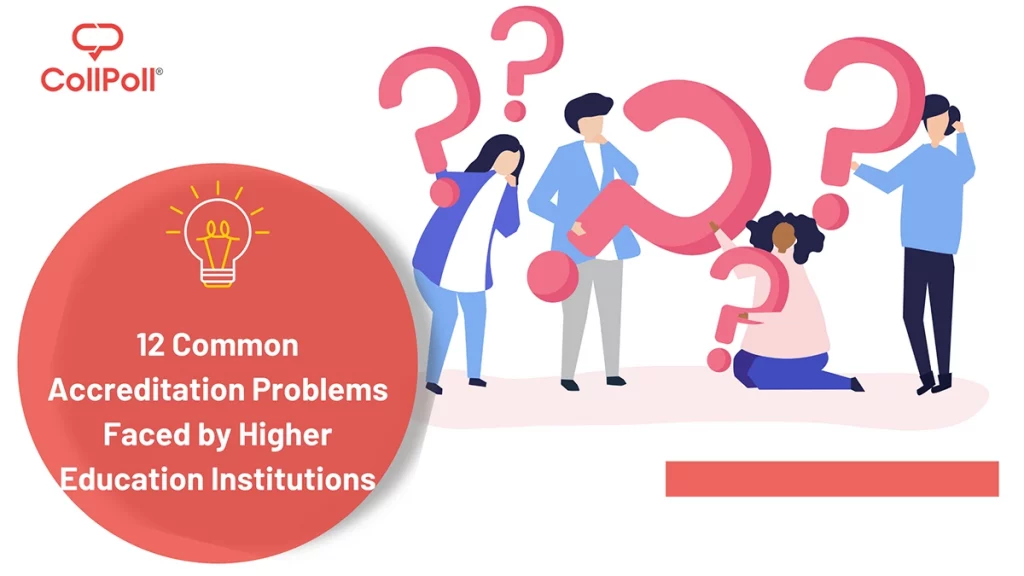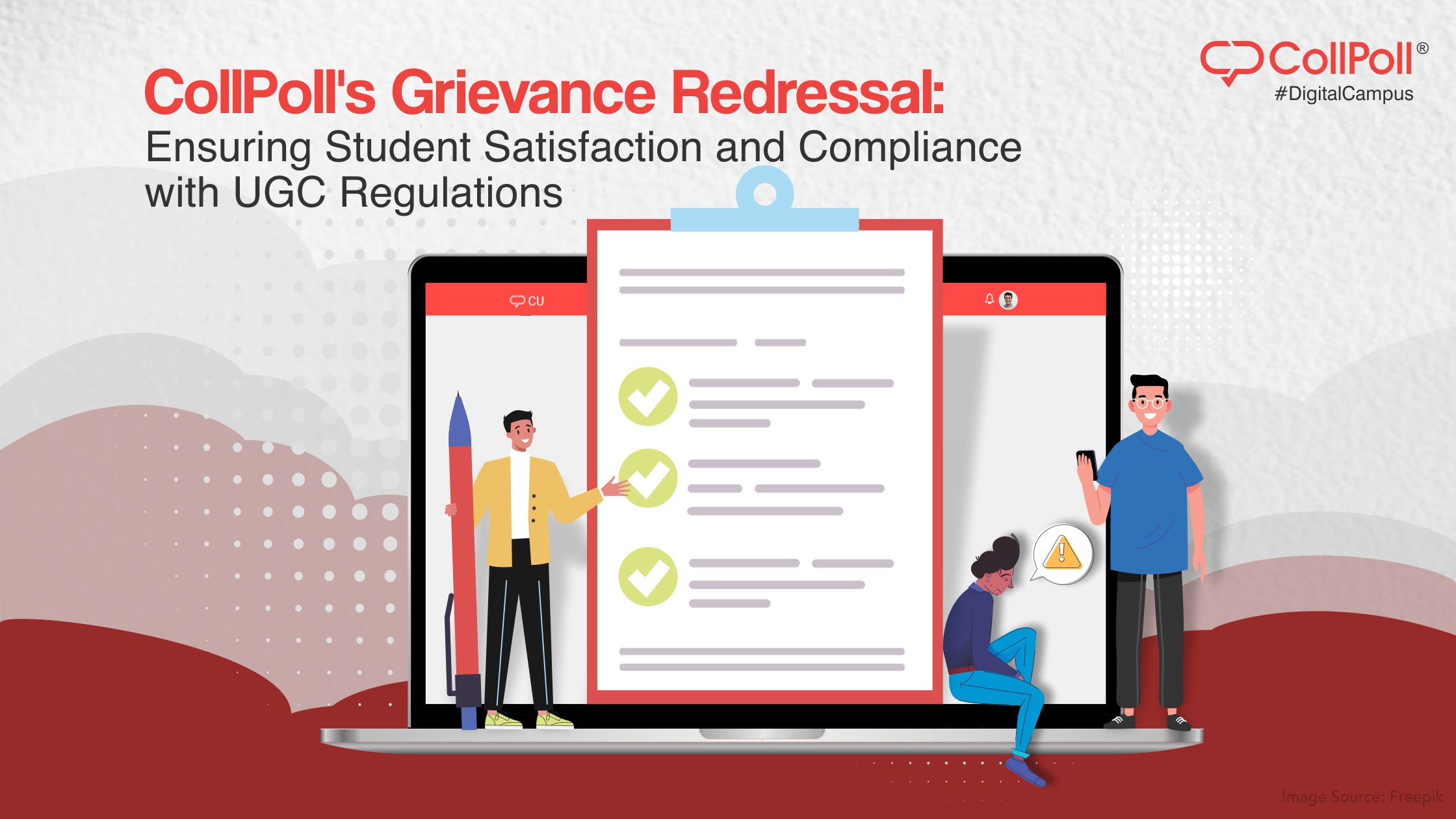Getting NAAC accreditation for a higher education institution is an intricate process. The institution must follow the NAAC processes and complete the application documentation flawlessly. After that, the institution is evaluated on various parameters, and the results of multiple years are analysed. If everything is found satisfactory, the approval for accreditation is granted. As the country’s education system progresses, higher education institutions are expected to set higher standards with each passing year.
Besides, there are many roadblocks in this journey to accreditation. Here’s a look at some of the most common obstacles that higher educational institutions face in the NAAC accreditation process –
- Paperwork – All the application paperwork must be completed in the prescribed manner. Incomplete or inaccurate documentation may result in longer turnaround times and even rejection of applications for accreditation.
- Identify Curriculum Gaps – Higher education institutions are expected to analyse the skills and attitudes required by the industry and update their curriculum in accordance. Academicians are expected to have a thorough awareness of industry trends. They should identify/rectify the gaps in the curriculum to match industry expectations.
- Track Student Performance – NAAC accredited institutions have robust systems to track a student’s performance across the academic year, not just in the final exams. Each student has their own progress path, and the institution should offer them avenues to achieve their goals at their own pace.
- Faculty Performance Evaluation – Academicians who work at higher education institutions should be evaluated periodically and given feedback on their work as professors. Faculties should also be encouraged and incentivised to research further on their subjects.
- Syllabus, Lessons & Other Study Resources – The syllabus, study resources and lessons planned in every program should follow the standards set by NAAC. The governing body specifies the syllabus design and delivery protocol that the institution needs to follow.
- Student Feedback on Courses – Collecting student feedback about their experience as learners in higher education institutions. These feedback formats include student opinions about the infrastructure, faculty, and on-campus facilities.
- Course Assessments – Course assessments are evaluated based on the institute’s administrative efficiency and student performance.
- Time Consuming & Tedious Process – NAAC accreditation is a time-consuming and tedious process comprising lengthy documentation and bureaucratic procedures. Each step in the application process takes 45-60 days to complete.
- Collect Student Records – Even though most higher education institutions ensure that they have all student information at the time of admission, they may need to collate and refine their student records for submission to NAAC at the time of application.
- Capture Graduate Attributes – Every field of study offers value addition to the learners who spend time and energy engaging in the course. Capturing graduate attributes refers to understanding the value-addition students gain at the end of the program conducted by an HEI.
- Communication and Collaboration – Communication within the administrative team and the institution’s communication with other colleges, universities, and industry is analysed to understand transparency and overall contribution to the education sector. HEIs are also expected to collaborate with other institutions and organisations to offer their students maximum exposure.
- Budgeting & Financial Control – Robust financial management is at the core of running a thriving institution of higher education. NAAC expects to see a steady flow of income and judicial investment of such income to improve the institution’s potential and quality of education.
Attaining the status of a NAAC accredited institution may be a long and arduous journey. But once your higher education institution gets accreditation, it is easier to build trust among the student community and offer talented students better opportunities in your college/university. Partner with the experts at CollPoll to begin your NAAC accreditation journey today.
CollPoll works alongside prestigious higher education institutions to navigate the process of NAAC accreditation. Our team helps institutions work around the obstacles mentioned above to get a speedy accreditation and enable them to contribute to the Indian education system!





